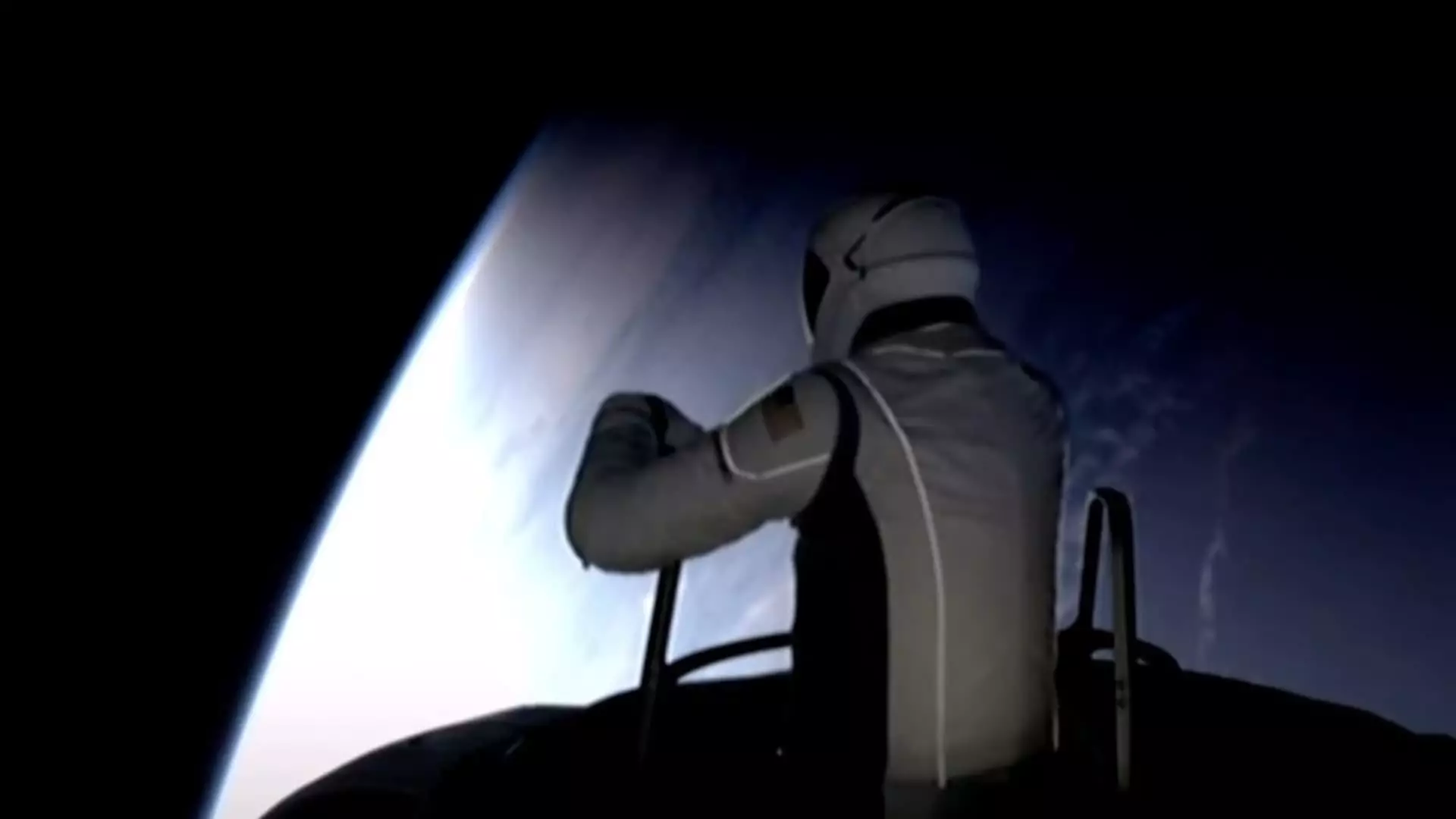The recent Polaris Dawn mission marks a significant turning point in the history of space exploration. Coordinated by SpaceX, this ambitious endeavor saw a crew comprised entirely of private citizens embark on a journey that would take them to extraordinary heights—870 miles above Earth. The mission, unlike any before it, culminated in the world’s first all-civilian spacewalk, setting new benchmarks for what private individuals can accomplish in space.
The Polaris Dawn mission commenced from Cape Canaveral and came to a resounding conclusion with the successful splashdown of the Crew Dragon capsule off the coast of Dry Tortugas, Florida, at 3:36 a.m. ET on a Sunday morning. The mission brought back to Earth billionaire entrepreneur Jared Isaacman, retired Air Force Lt. Col. Scott “Kidd” Poteet, and SpaceX engineers Sarah Gillis and Anna Menon, all of whom played vital roles in this groundbreaking expedition. Their five-day journey was not merely about experiencing weightlessness; it was a meticulously planned series of events aimed at pushing the boundaries of human spaceflight.
The finale of the Polaris Dawn mission was characterized by the completion of several high-risk tests, most notably the spacewalk that occurred on a Thursday during the mission. The crew’s exit from the capsule was laden with unique challenges, particularly given the absence of a pressurized airlock. Unlike traditional astronaut missions that favor structured environments, this outing had all four crew members donning spacesuits while the capsule was depressurized, converting the spacecraft into a makeshift vacuum chamber.
This ambitious spacewalk was a historic milestone in its own right. Previously, only trained astronauts representing government space agencies had the privilege of conducting such tasks in the vacuum of space. It represented a pivotal moment in the democratization of space travel, illustrating that the realm of space exploration is increasingly accessible to non-professionals. Isaacman and Gillis spent 10 minutes outside the capsule conducting mobility tests with new, specially designed spacesuits. The successful execution of this mission demonstrates not only the advancements in spacesuit technology but also reinforces the fact that ordinary individuals can play significant roles in space exploration.
The implications of this historic spacewalk extend far beyond mere accolades. It signals an era where private citizens could partake in deep space missions, contributing to our understanding of microgravity, space radiation, and the mechanical properties of emerging technologies. Collecting data and experiential insights from such ventures will be crucial as humanity prepares for future endeavors to the Moon, Mars, and beyond.
Scientific Research and Future Missions
A standout feature of the Polaris Dawn mission was its ascent to an orbital altitude of 870 miles, the highest any human has achieved since the final Apollo moon mission in 1972. This unprecedented altitude allowed the crew to make a brief foray through the Van Allen radiation belts, providing invaluable data that can inform future interplanetary missions. Analyzing the effects of space radiation on humans and technology, as conducted during this mission, is essential for planning longer-duration missions in the hostile environments of the Moon and Mars.
Notably, this venture is just the beginning of what Polaris aims to accomplish. Funded by Isaacman, who also led the first all-civilian mission to orbit in 2021, the Polaris Dawn flight serves as a stepping stone for a broader program consisting of at least three planned missions. While details regarding the cost and timeline for subsequent expeditions remain undisclosed, the momentum generated by this mission promises to elevate the role of civilians in spaceflight significantly.
Conclusion: A Prelude to New Frontiers
The Polaris Dawn mission represents an essential chapter in the ongoing narrative of space exploration. It transcends the excitement of mere celebrity in space travel, offering a preview of a future where civilians could regularly partake in uncovering the mysteries of the cosmos. As SpaceX and visionaries like Jared Isaacman continue to pave the way for novel breakthroughs, we stand on the precipice of a new age of exploration—one where the final frontier is within reach for us all.


Leave a Reply